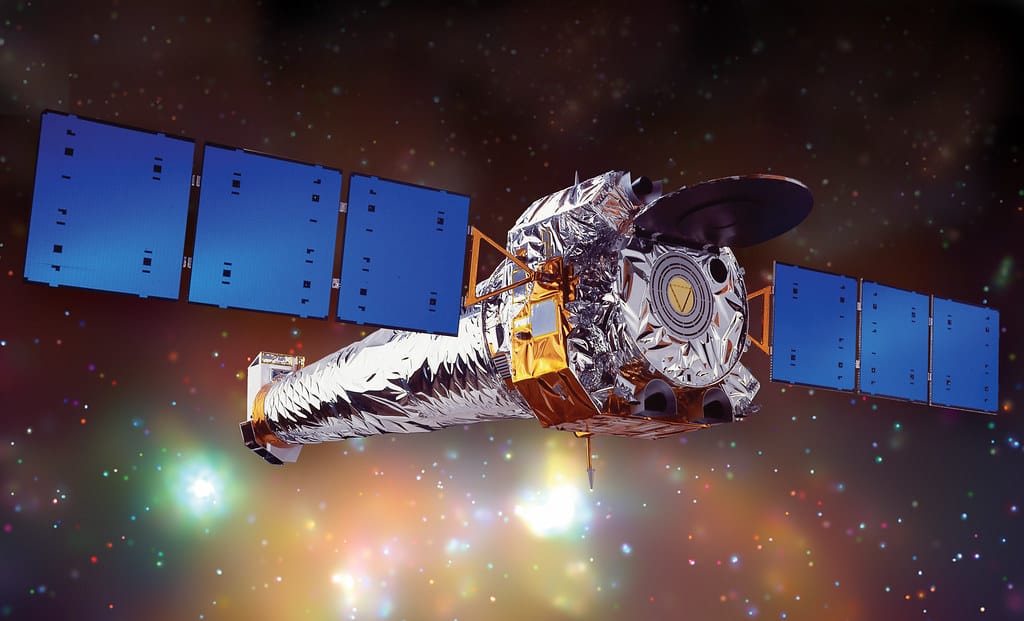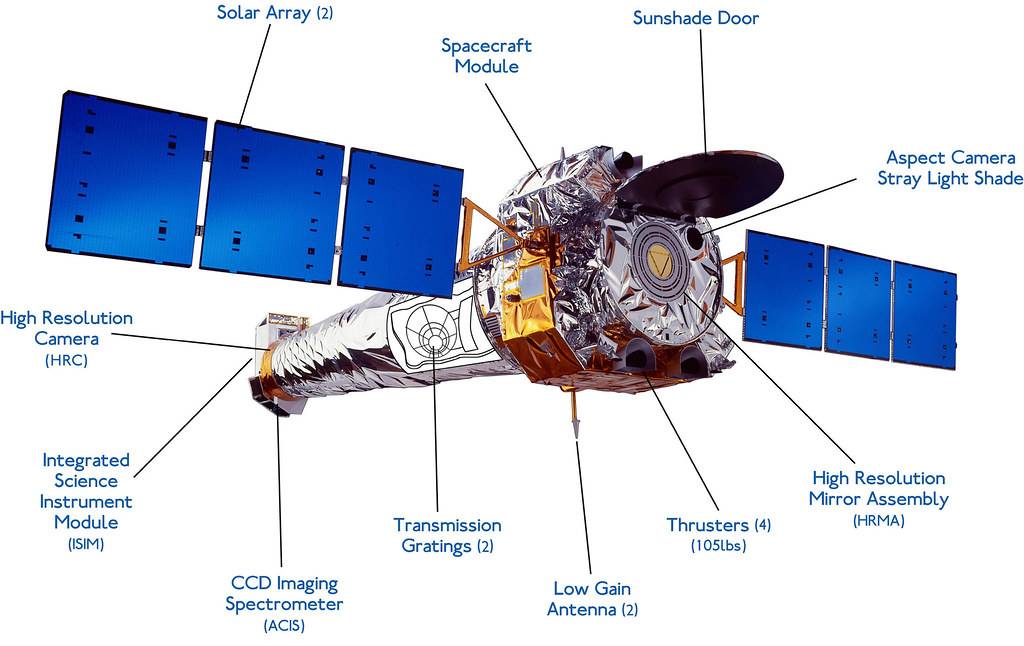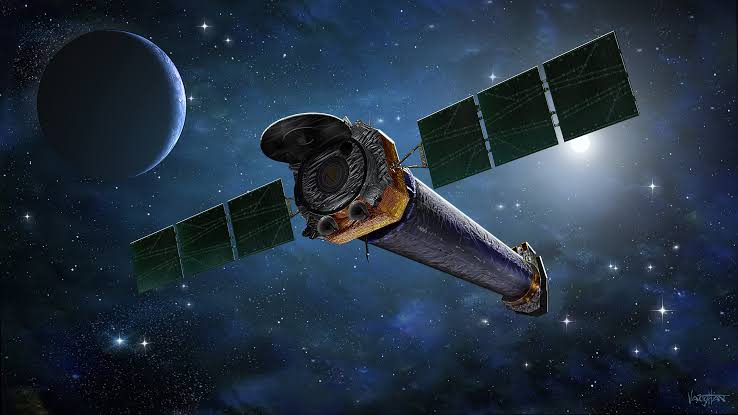NASA will launch a mission using an X-ray telescope to explore black holes. We’re going to acquire a fresh viewpoint on some of the universe’s most extreme objects. NASA launched its Imaging X-ray Polarimetry Explorer mission, or IXPE, in the early morning hours of Thursday to analyze X-rays emitted by black holes and neutron stars. The satellite actually launched from NASA’s Kennedy Space Center at 1 a.m. ET Thursday atop a SpaceX Falcon 9 rocket.
NASA and the Italian Space Agency collaborated on the spacecraft, which contains three telescopes. While IXPE is not as large as NASA’s Chandra X-ray Observatory, it is the first of its type in orbit. Polarization, an often-overlooked characteristic of cosmic-ray sources, will be visible to the satellite.
X-ray Spectroscopy Advances
According to Peter Weisskopf, IXPE’s chief scientist, the launch of IXPE represents a bold and one-of-a-kind step forward in X-ray astrophysics. IXPE will teach us more about the precise characteristics of cosmic X-ray sources than just evaluating their intensity and color spectrum.
X-rays are very intense wavelengths of light created by extremes. This involves intense magnetic fields, item collisions, explosions, searing temperatures, and quick revolutions in space. This light is essentially encoded with the signature of what made it, yet X-rays cannot reach the earth due to the Earth’s atmosphere. This is why scientists in space rely on X-ray telescopes.
Polarized light also preserves the distinct imprint of its origin and what it passes through along the route. While light waves can vibrate in any direction, polarised light only vibrates in one.
Related: Latest update on X-ray Imaging and Spectroscopy Mission (XRISM)
Knowing the most extreme celestial objects
Using IXPE to investigate the polarization of cosmic X-rays might aid scientists in better understanding the remnants of exploding stars, such as black holes and neutron stars, their surroundings, and how they create X-rays. This perspective on extreme cosmic objects may potentially give solutions to greater fundamental physics concerns.
IXPE will assist us in testing and refining our beliefs about how the cosmos operates, Weisskopf explained. There might be even more intriguing answers than the ones we’ve proposed. Even better, we may come up with a whole new set of questions to ask!
Sensitive polarisation detectors built in Italy are among the satellite’s eyes on the universe. The telescopes will view the X-rays and send them into detectors, which will take pictures and measure the polarisation of the X-rays.
NASA has launched an X-ray telescope to investigate black holes
X-rays aren’t only used at the doctor’s office. They may also aid in unraveling the mysteries of black holes. It’s known as X-ray astronomy. In collaboration with the Italian Space Agency, NASA launched the Imaging X-ray Polarimetry Explorer Mission, or IXPE, early Thursday morning. It is the first of its type in space. Advertisement
It will be used to detect X-rays emitted by black holes, neutron stars, supernova remnants, and other high-energy phenomena.
Scientists believe IXPE will teach them more about cosmic X-ray sources than analyzing their brightness and color spectrum alone, allowing researchers to test and revise hypotheses about how the cosmos operates.
Also read: What is the significance of the Sentinel 6a mission?
On the verge of colliding black holes
According to new research, Earth’s nearest black holes are colliding and will most certainly merge to become a giant black hole. Fortunately for Earth’s survival, the two areas of space are 89 million light-years apart. Despite their great distance, they are the nearest black holes to Earth, and their proximity implies that they are approaching each other and will crash and combine, generating a supermassive black hole.
The previous nearest supermassive black hole coupling was discovered 470 million light-years away from Earth. Observing astronomical objects, according to Dr. Karina Voggel of the Strasbourg Observatory in France, can provide vital information. The two nearest supermassive black holes ever detected are in this system.
One of these massive black holes is at the galactic center, which is where we expect them to be, she told Newsweek. The secondary black hole is offset from the center, not in it. We have never discovered a pair of supermassive black holes so close together.
Conclusion
Black Hole A dense, compacted object whose gravity gradient is so powerful that none, not even sunlight, can leave within a certain distance. X-ray telescopes give an unparalleled picture of super-heated debris spiraling toward a black hole’s event horizon.
To acquire a better perspective of the Universe, telescopes are put in orbit around the Earth or launched further out into space. Because our atmosphere blocks many of these forms of light (such as x-rays, gamma-rays, most ultraviolet, and infrared), they can only be examined from space.
Resent posts:


